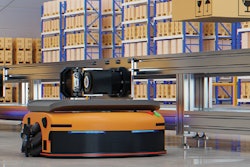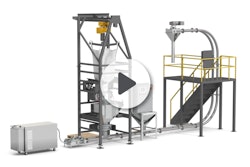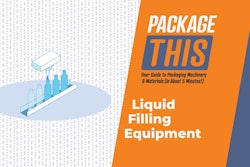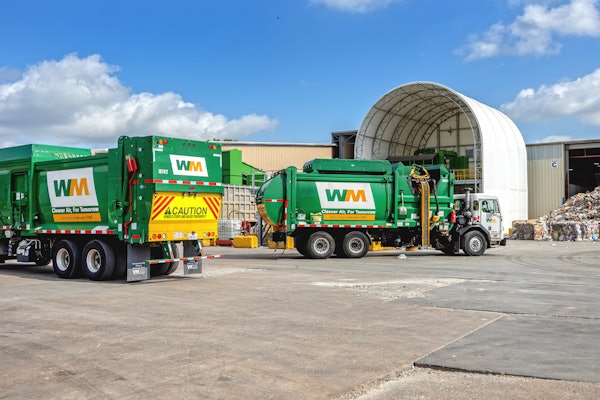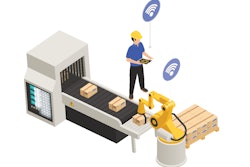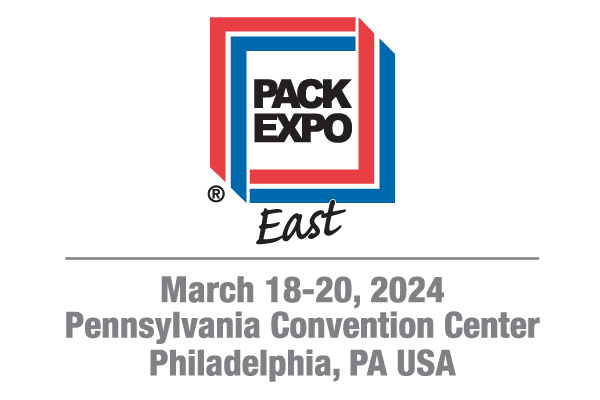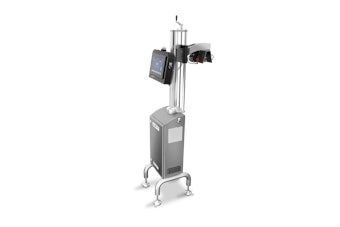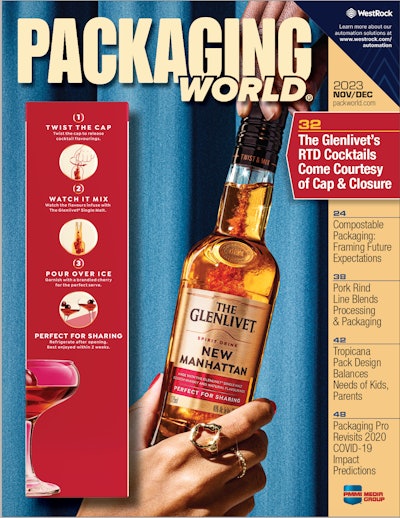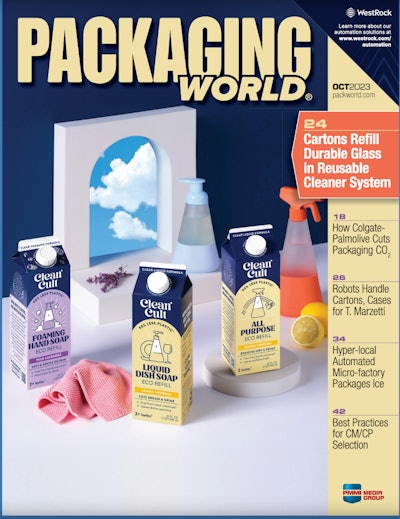
Hardly a day goes by that we don’t hear something about AI. Whether its generative AI tools like ChatGPT and Bard, or AI used in machine learning, we are all abuzz with the idea of artificial intelligence.
One AI tool that has widespread attention is ChatGPT, a chatbot based on a large language model developed by OpenAI. Another is Bard, Google’s conversational generative artificial intelligence chatbot. These tools are designed to understand natural language and generate human-like responses to various prompts, or user queries. These programs have been trained on a massive amount of data and can simulate human-like conversations by generating text-based responses to prompts.
Generative AI is being used by people all over the world to complete any given task at a faster rate. For use at home, such uses include recipe ideas, travel help, and summarizing large amounts of research or data. For business use, it gets more specific.
An article on Northwest Executive Education shared eight business use cases for ChatGPT that range from aiding with customer service, recruiting, and employee training, to things like content creation, marketing, financial analysis, and legal services. Depending on your prompts, generative AI tools can help businesses make better decisions and save your team a lot of time.
Tapping Into More Knowledge
John Walker, Manufacturing, Supply Chain and Infrastructure Investments (CAPEX), Maintenance Repair Operations (MRO) at Mondelez International shared with me the three ways his team has started to use generative AI to help with spend management.
As it pertains to spare parts across the company’s many factories around the world, Walker says he uses generative AI to connect keywords to categories for improved spend cube management. For those not in this line of work, a spend cube is a tool for procurement departments to review and analyze historical spend data. By presenting the data in a multidimensional cube, it allows stakeholders or departments to review subcategories of purchases, compare spending across different suppliers as well as gain insights into trends within their organization. As an example of generative AI’s functionality, and since this term was new to me, I prompted Bard to define spend cube management.
“We use it to run very generic questions,” says Walker. “What’s another name for a flange? What’s another name for a bearing? This plant calls it a bearing, this person calls it a different thing. By clustering those terms, can do a better data search and get a better handle on spend cube management.”
Walker also went on to describe that his team uses generative AI to “inquire about incoterms.”
Incoterms, short for International Commercial Terms, are a set of standardized trade terms businesses use globally to define the responsibilities of buyers and sellers in international trade transactions. They provide a common language for international trade, making it easier for parties to understand each other’s obligations and reducing the risk of misunderstandings. For a detailed look at what incoterms are, check out what Bard generated when prompted with “what does incoterms refer to?”
“There are some interesting reports and comparisons which can be mined from ChatGPT (if that is the right verb), comparing one term versus another,” says Walker.
In other words, you can feed generative AI chatbots with two sets of terms, or two documents, and ask it to find differences or commonalities between the two.
But aside from spend cube management, Walker says his team is exploring generative AI to learn about the latest trends and market intelligence by asking it for the latest information on any topic out there, like compostable packaging, or child labor laws.
“You’ll see something you never thought of asking before. And that makes it interesting,” says Walker.
He says he’s also queried generative AI about how other industries are handling specific challenges. Through that, he says he has learned that other industries are facing similar problems.
“It broadens your perspective, and it doesn’t cost a nickel,” says Walker.
Companies can use generative AI as a tool to learn from others in what he describes as a “no-cost sanity check.”
Matthew Michael, Senior Packaging Officer, Fresenius Medical Care admits that he is in the early stage of using generative AI at work. Right now, he sees the value in using it to tap into industry knowledge and find opportunities for improvement.
“I see it working with outside-the-box thinking… and finding sustainability solutions. For example, if I input, ‘how do I make my box more sustainable?’ it would probably have quite a few suggestions. And some of that might be worth it, others not. Everyone is trying to become sustainable, but it’s hard. It could be helpful to see what other companies are doing and what other knowledge is out there,” says Michael.
As a best practice, Walker warns to never put anything propriety, like real data, or brand names in the prompt since whatever you put out there lives on the web forever.
Content Creation
AI can also be used for package design. At Just Born Quality Confections, Charlotte Ashcraft, CPP, Manager, Packaging & Graphics Development, shared that her team is just beginning to explore using AI tools like Adobe Firefly for design work to help manage workload and create fresh designs in a reduced amount of time. Adobe Firefly, a product of Adobe Creative Cloud, is a standalone web application that improves creative workflows using generative AI.
“The AI bot finds and inserts the requested image, cutting the time it would take to find ‘the right image’ in half,” says Ashcraft.
For Ashcraft’s team, it removes the endless amounts of time that would be spent looking for the right background, image, or color, and does all that for the designer, acting like a design intern.
Read more about how generative AI can help create custom images and design in the story about how a hemp-infused products company used AI to generate an image of Snoop Dogg for the packaging graphics for the new Dogg lb-brand gummies.
No matter where your company is in terms of adopted generative AI use, a common thread in the interviews I conducted for this article is that we shouldn’t fear it. Today’s use cases include the ideas mentioned here like content creation and spend cube management, but new use cases will likely pop up as more companies think outside the box and use the tool for what it is: a chatbot based on a large language model that helps us leverage the information and solutions that are already out there. Are you using generative AI at work to save time or create something new? Let me know if you’ve begun to use it and how it’s helping you in your operations. Send me an email at [email protected].


